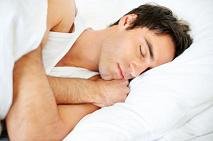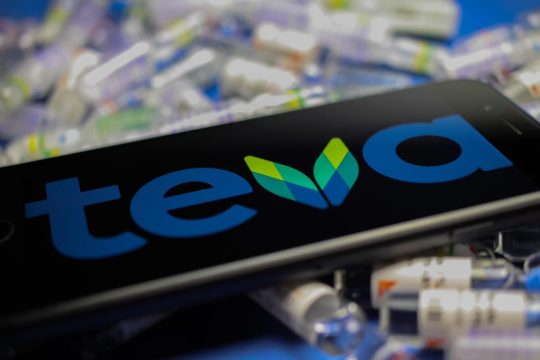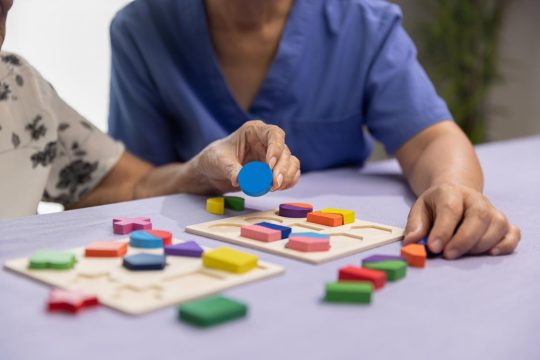Advertisment
Upper-airway electronic stimulation improves obstructive sleep apnea

by Bruce Sylvester – Mild electronic stimulation therapy during sleep to the upper airway reduces obstructive sleep apnea (OSA) researchers reported in the Jan. 9 issue of the New England Journal of Medicine..
In the Stimulation Therapy for Apnea Reduction (The STAR Trial) study, the investigators studied the effects of an implantable electronic stimulation device called Inspire™ Upper Airway Stimulation (UAS). It stimulates the hypoglossal nerve, which is timed to each breathing cycle. The mild stimulation restores tone to the muscles that control the base of tongue. This, in turn, stops the tongue from collapsing and obstructing the airway during sleep.
“This device is a first-of-its-kind therapy and has the potential to help the many people suffering from moderate to severe sleep apnea who are unable to use or cannot tolerate CPAP (continuous positive airway pressure),” said Kingman Strohl, MD, an author of the study, pulmonologist and professor of medicine at Case Western Reserve University School of Medicine in Cleveland, Ohio. “At a year following surgical implantation, patients experienced substantial decreases in the number of interruptions of sleep by apnea, and improvements in symptoms of wake-time sleepiness, snoring and quality of life.”
For this Phase III safety and efficacy study, the investigators enrolled 126 subjects, 83 percent male. All subjects had been diagnosed with moderate to severe sleep apnea and were unable to either accept or adhere to CPAP therapy.
Also, all subjects had a BMI less than 32, moderate to moderately severe sleep apnea and evidence that the sleep-related obstruction was at the tongue level.
The investigators used the apnea-hypopnea index (AHI; the number of apnea or hypopnea events per hour) and the oxygen desaturation index (ODI; the number of times per hour of sleep that the blood oxygen level drops by more than four percent).
They reported that, at 12 months of treatment, median AHI score had decreased 68 percent and the ODI score had decreased 70 percent. Most participants reported less sleep apnea effects and better quality of life.
After the 12-month assessment, the researchers conducted a sub-study, comparing 23 subjects who continued uninterrupted therapy to 23 subjects who stopped for a week. The withdrawal group reported a quick increase in median AHI score, along with snoring and fatigue; this suggested that stimulation by the device was the cause for the efficacy of the treatment.
“While many patients have found help with CPAP, some patients struggle with CPAP or cannot tolerate the mask, and thus remain untreated,” Strohl said. “The severity of OSA in this group might not be easily managed by oral appliance or surgery. Upper-airway stimulation could provide an effective alternative.”
The Inspire Therapy is approved for sale in Europe and is undergoing review by the (US) Food and Drug Administration/FDA.





